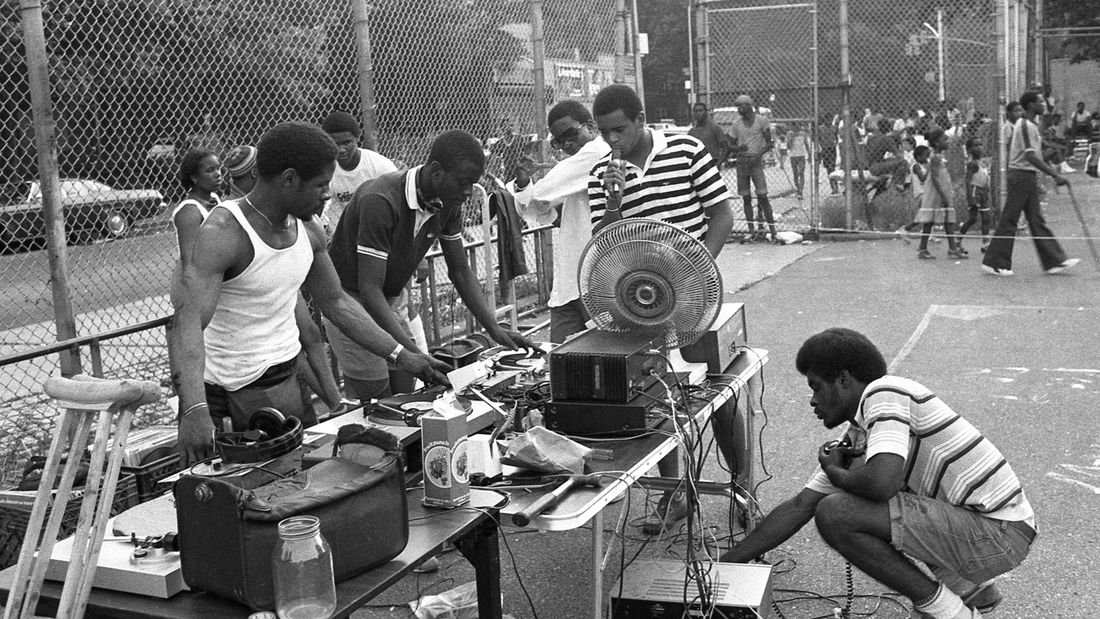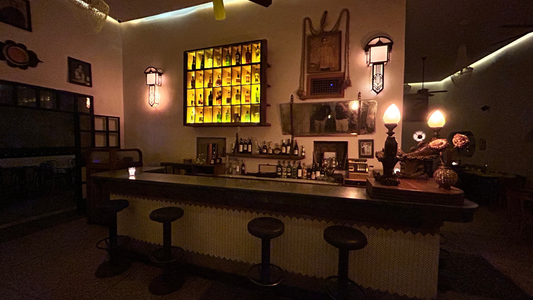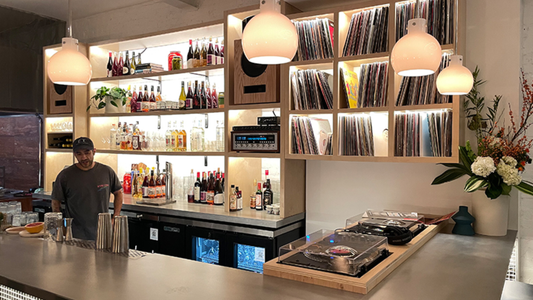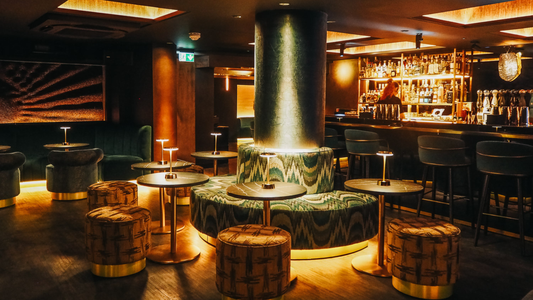
Deep Listening, Hip Hop, and the Art of Understanding
By Rafi Mercer
I’ve been thinking a lot about where the idea of deep listening really comes from. Most people trace it to Japan — the jazz kissaten of the 1950s and 60s, those smoke-filled sanctuaries where turntables were altars and silence was respect. But when you look closer, you start to see something familiar in another culture entirely — hip hop. Different worlds, same instinct: deep understanding.
Japan taught us to listen slowly, with intention. Hip hop taught us to listen closely, with curiosity. Both movements came from a need to find meaning in sound, to reframe what already existed, to build from fragments into truth. A record spinning in a Shinjuku basement and a DJ cutting breaks in the Bronx are part of the same conversation — both acts of reverence disguised as rebellion.
I think about those early DJs — Kool Herc, Grandmaster Flash, Afrika Bambaataa — listening not just to music, but through it. Hunting for breaks, dissecting rhythms, finding the heartbeat of a groove buried deep inside a James Brown record or a jazz loop. That’s deep listening in its rawest form: studying sound until you understand its structure, its soul. It’s not passive; it’s forensic. They were archivists as much as artists.
In a way, the listening bar and the hip hop block party are two sides of the same coin. One teaches quiet focus, the other teaches communal rhythm. Both say the same thing — pay attention. One gives you stillness, the other gives you flow. You need both to really hear.
When I think about the modern listening bar — the kind we feature at Tracks & Tales — I can see how these worlds overlap. The selector behind the counter might be cueing a Pharoah Sanders track or a Dilla instrumental. The crowd sits in quiet appreciation, heads nodding not out of habit but understanding. The sound system isn’t just there for volume; it’s there for depth. The details — the crackle, the breath, the echo of a snare — become conversation.
Maybe that’s the next evolution of the movement: recognising that deep listening isn’t just about jazz, ambient, or classical records. It’s about anything that invites presence. Hip hop, when played through the right system and with the right intent, can be every bit as meditative as Coltrane. You can lose yourself in a loop, in the pocket of a rhythm, in the humanity of a sampled voice.
That’s why I think hip hop belongs in listening bars. It’s not background music; it’s cultural architecture. It’s the sound of deep attention disguised as energy. It asks you to hear the layers — history, craft, collaboration, survival. It rewards patience, but it moves with life.
So maybe the link between Tokyo’s kissaten and the Bronx’s block parties isn’t just coincidence — it’s evolution. One perfected the art of listening inward. The other perfected the art of listening outward. Both, in their own way, lead to the same conclusion: music isn’t something you consume, it’s something you understand.
And that’s where modern listening culture sits now — between stillness and movement, tradition and technology. The quiet reverence of Japan meets the rhythmic precision of hip hop. Together, they remind us that listening — real listening — isn’t about genre. It’s about intention.
Rafi Mercer writes about the spaces where music matters.
For more stories from Tracks & Tales, subscribe, or click here to read more.







